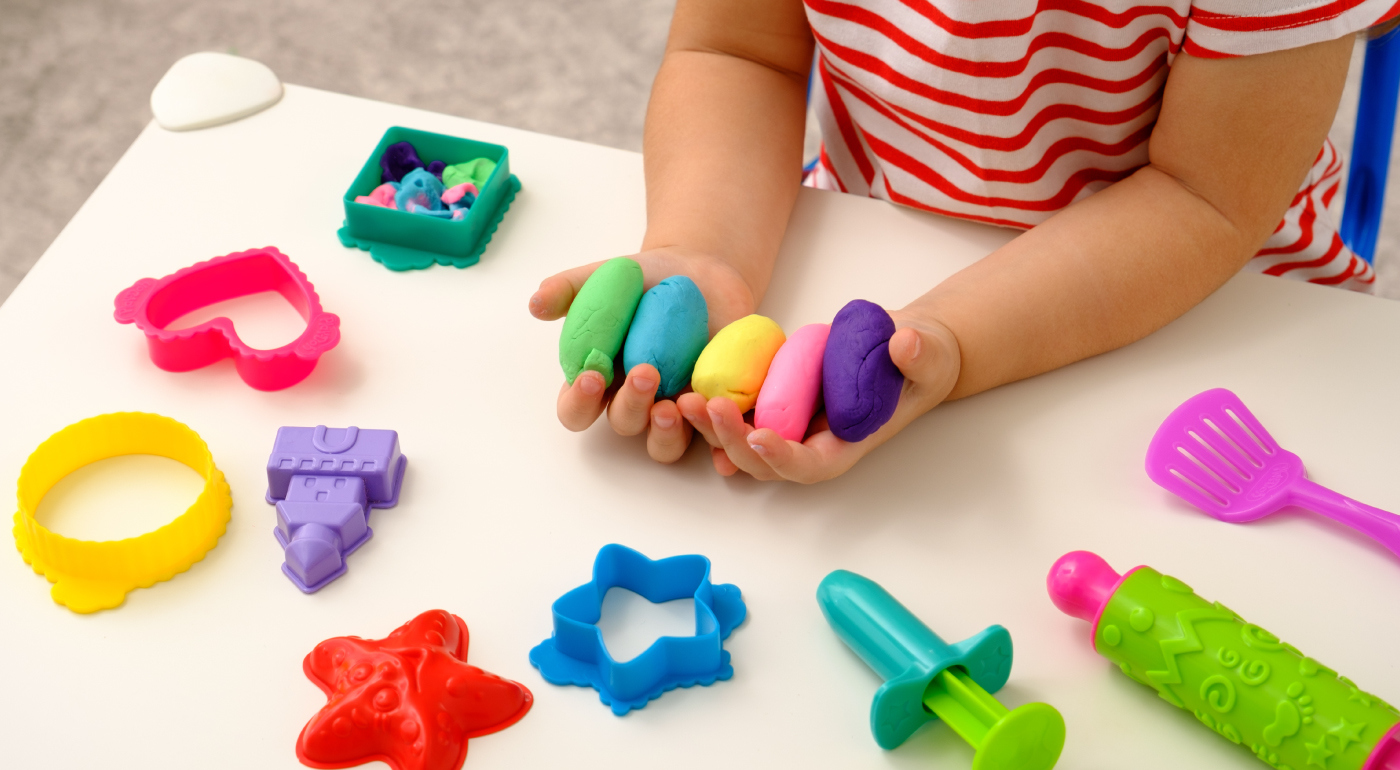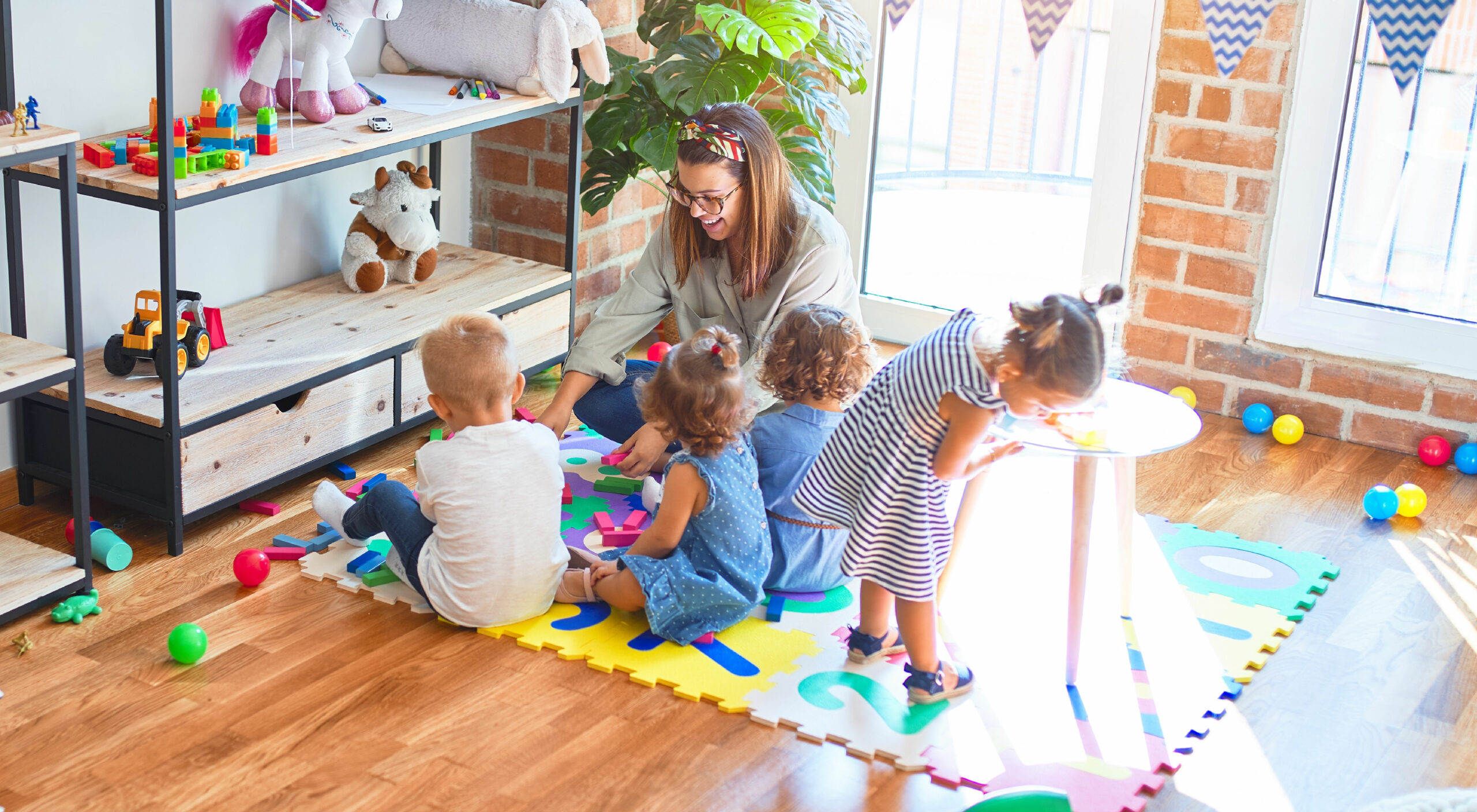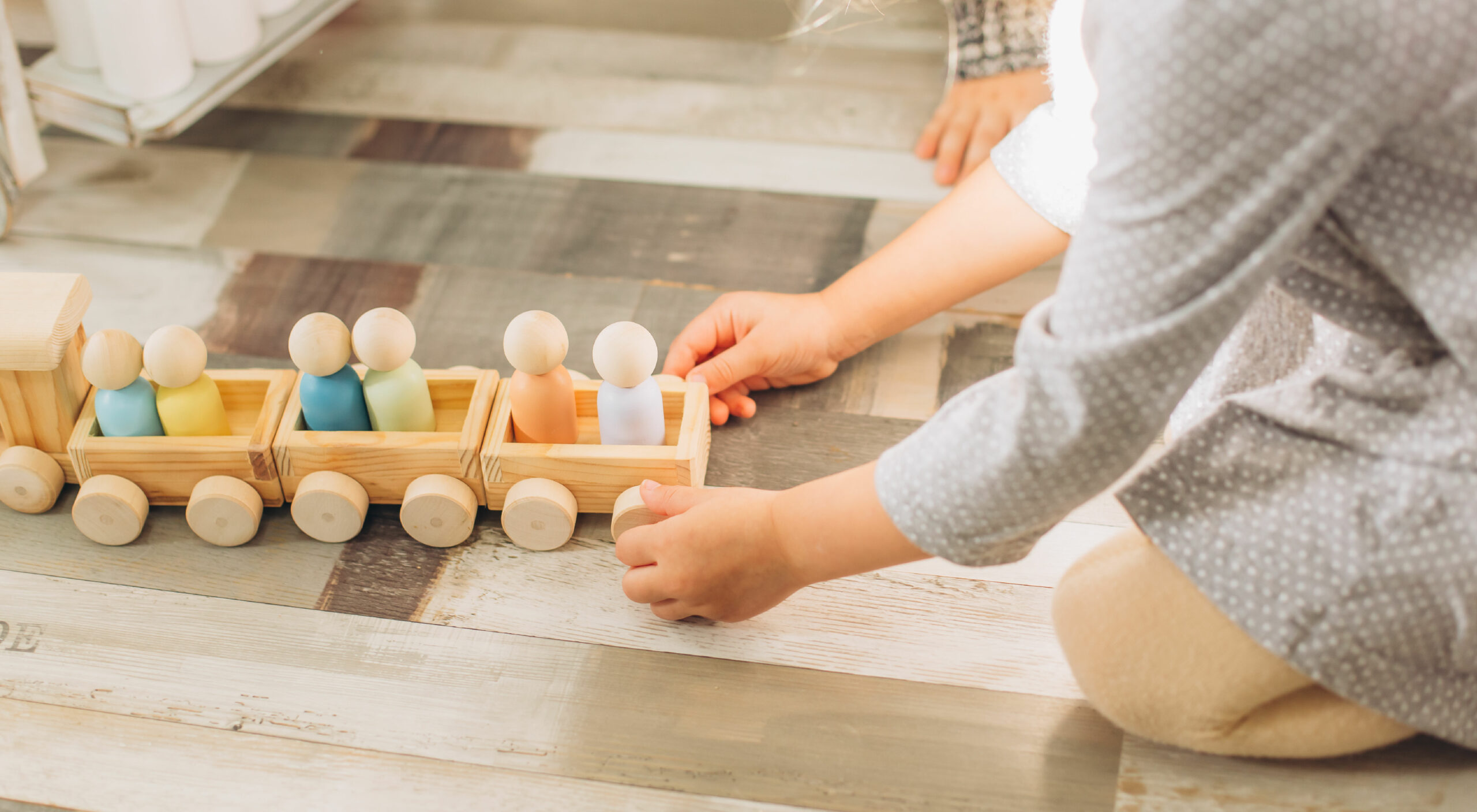We have four primary values that guide what we teach and how we interact with each other at Piedmont Hills Montessori Academy. Our values reflect Montessori theory and traditional practices.
- Self-Directed Learning
- Guided Exploration
- Free Play
- Nurturing Environment
Over the next few months, we’ll be sharing about each of these values and how they impact everyday life here at PHMA. Today we are continuing our mini series with a deeper look at guided exploration.
What is Guided Exploration?
Children are naturally curious, and they need the opportunity to explore the world around them. Guided exploration, sometimes referred to as guided play, does exactly that. It offers a supervised environment for children to explore a specific concept, unlike other methods of learning in which children choose the subject matter. Teachers or caregivers set up a hands-on activity that aims to help children discover something new about the world around them.
For example, a teacher may set up a station with cups, a pitcher, and water. The activity is set up to teach a new skill: pouring. But instead of showing the child how to fill the cup with water, the teacher stands back and lets the child figure it out. The environment is controlled and supervised, and the child still gets to take charge of his learning. This is the heart behind guided exploration.
Benefits of Guided Exploration
Guided exploration brings so many benefits to students in the classroom.
It encourages autonomy. Guided exploration gives little ones the chance to be independent in a supervised environment. Fostering independence breeds confidence for future learning.
It feeds curiosity. Like we said before, children are naturally curious. Too often, their questions get ignored or left unanswered. Exploration lets them discover at their own pace, for however long or short they would like.
It stimulates critical thinking. When children have the opportunity to be independent and think for themselves, their critical thinking skills are naturally strengthened. Critical thinking is an important life skill, and when children have everything done for them, they miss out on the chance to develop it.
It encourages collaboration. During guided exploration, there’s nothing stopping children from working together. Oftentimes, children will work together to solve a problem or discover something new.
It develops new skills. Guided exploration is one of the best ways for little ones to learn new skills in a relaxed way that suits their learning style.
How We Implement Guided Exploration at PHMA
At Piedmont Hills Montessori Academy, we utilize guided exploration sessions to introduce your child to new objects, ideas, and activities in a controlled, supervised environment. Throughout the year, we rotate between various subjects and skills to promote a variety of learning. We might set up guided exploration stations exploring shapes, sizes, colors, letters, animals, water, and many other things!
A key element of guided play at PHMA is flexibility. There is no rigid pattern or structure that students are expected or required to follow. Sometimes, they will naturally follow a certain process as they explore and begin to understand how something works. Our goal with guided exploration is to create a safe environment that makes learning fun and exciting. We see that when we are not forcing our students to abide by strict steps and processes, they learn things more quickly and they have much more fun learning them, even when challenges arise.
Sometimes, teachers will involve themselves more by asking open-ended questions to prompt children’s curiosity. They serve as literal exploration guides, readily available to encourage or even demonstrate as needed. Most often, though, teachers do not demonstrate new things so that the child has a chance to figure the new concept out.
Tips for Guided Exploration at Home
It is easy to overthink principles like guided exploration. Rest assured, there are many ways to implement this method of learning in a way that makes sense with your lifestyle and home. The biggest thing to remember is that guided exploration should enhance your child’s learning experience, not get in the way of it.
Resist the temptation to jump in at the first sign of struggle. Instead, watch as your little one problem solves independently. Then, observe how proud they are of working through the challenge.
Additionally, be careful not to correct a method just because it looks different than what you might do. There are multiple ways to solve a problem; let your child find a solution, even if it’s different than yours! This builds their confidence in problem solving.
Montessori-Based Childcare in San Jose, CA
For over 30 years, we have been serving families in San Jose and the surrounding communities with high-quality childcare services that foster the emotional, social, physical, and academic development of toddlers, preschoolers, and kindergarteners. If you have any questions about who we are, how we teach, or what makes us different from other childcare centers, we’d love to connect. Contact us today!



